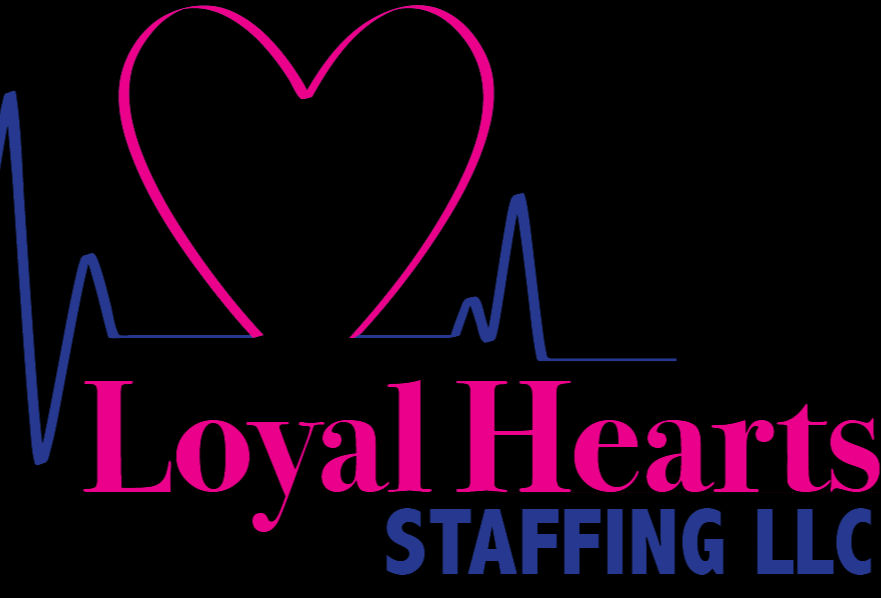Obtaining a blood sample by heel prick for metastatic testing in the newborn for metabolic testing i
- April Swanson

- Dec 1, 2022
- 2 min read
Collection of a blood sample by capillary puncture for the determination of congenital metabolic tests in the newborn.
Objectives:
– Early detection of congenital metabolic disorders in the newborn (congenital hypothyroidism and phenylketonuria). – To ensure the validity of the sample.
Equipment:
– Trough – Sharps container
Material:
– Disposable gloves – Microlance – Alcoholic hand disinfectant.
– Sterile gauze – Antiseptic solution (do not use iodine solution). – Chromatographic paper – Dressing – Nursing record
Procedure:
– Perform hand washing and alcohol hand disinfection. – Prepare the material. – Verify the correct identification of the child. – Inform the mother of the procedure to be performed. – Put on gloves. – Gently massage the heel where the puncture is to be performed. – Clean the heel with a sterile gauze impregnated with antiseptic solution and let it dry before proceeding with the puncture. – Puncture with a microlancet perpendicularly in the internal or external lateral area of the heel, avoiding the central area of the plantar region (for risk of nerve or tendon injuries) and the posterior curvature of the heel (area where the distance from the skin to the bone is very small in newborns, thus increasing the risk of calcaneal osteomyelitis). Also limit the depth of the puncture (See Annex I). – Intermittently press the heel to promote the formation of the blood drop. – Impregnate completely each circle printed on the chromatographic paper on both sides, applying the paper on the heel of the newborn on one side only (the reverse side) until the blood appears on the other side. – Allow the chromatographic paper to air dry in a horizontal position, away from any source of heat or humidity. – Clean and compress the puncture site. – Place dressing or gauze knotted to the heel. – Check that both the chromatographic paper and the identification card are correctly filled in. – Insert the card and the paper with the dried sample in the corresponding envelope to be sent according to the protocol of the center (See Annex II). – Collect the material. – Remove gloves. – Wash hands. – Record in the nursing documentation: procedure, date and time. Record the day and time of the extraction in the children’s health booklet.
Observations:
Regarding sample collection. – Sampling for early detection of congenital hypothyroidism should be performed in the maternity ward before the newborn is discharged. – Sampling for phenylketonuria should be performed at least 48 hours after the start of protein-containing feeding, preferably between the third and fifth day of life. If this deadline is met while the newborn is still in the maternity ward, the sample should be taken at the same time as for hypothyroidism. When the newborn has been discharged from the maternity ward before the indicated period, the sample will be taken in primary care. The sample should be taken two and a half hours after the last milk feeding. Regarding the puncture site. – Avoid cold puncture sites. – Do not use iodinated antiseptics or alcohol (if the latter is used, care should be taken to dry it completely) as they alter the test result.








Comments